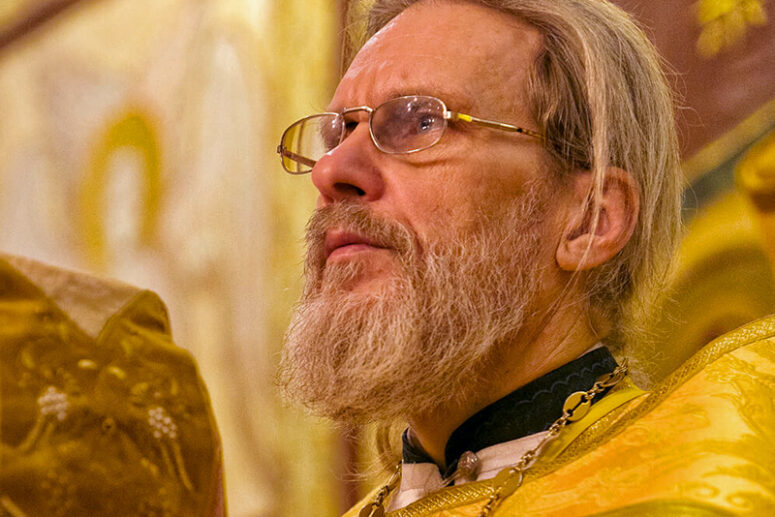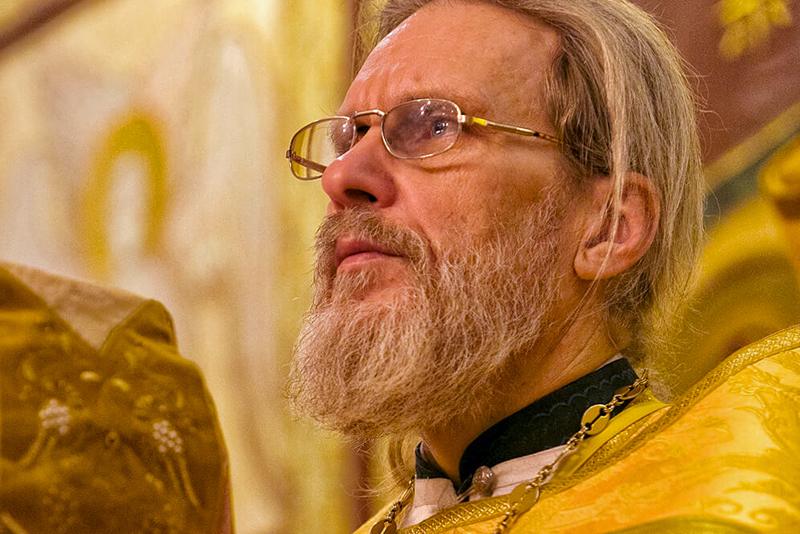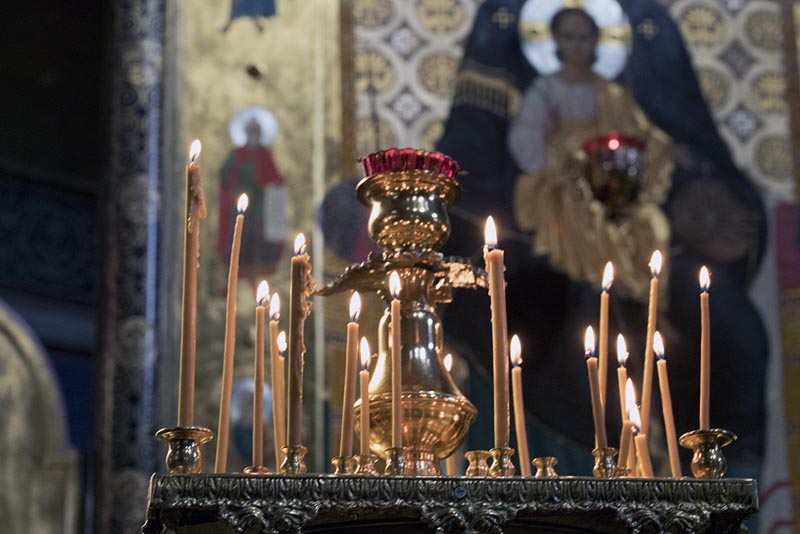
If you asked a person in the street to describe an Orthodox priest, they would almost certainly mention the beard, even though they might miss a few details about the vestments. Perhaps the beard will be the first thing that they would even notice. In our imagination, the beard has become a stereotypical attribute of a priest. But many are still not sure why. Conversely, people would find it quite unusual and even perplexing to see an Orthodox priest in a vestment but without a beard.
So why do priests wear a beard? Many would suggest that this is their way to emulate Christ, as many Orthodox icons depict Him with a beard. To a great extent, they would be right. Yet there are also other reasons.
What the Scriptures say
Even readers with limited knowledge of the Bible might presume that the tradition of wearing a beard among the clergy may have its origins in the new testament times. In chapters 19 and 21 of the Book of Levit, for example, we read that the Lord commanded His faithful not to cut their hair or beards. The Scriptures also explain the cause of the prohibition. The non-canonical Epistle of Jeremiah tells us that wearing long hair and beards was widespread among the Pagan oracles. The law of Moses expressly discouraged such Pagan practices among the Jewish priests. The Venerable Ephrem the Syrian gives us additional background. He writes that the Pagans were growing their hair and beards long to shave them off at a designated time at a spring, a heathen temple or some other Pagan sanctuary. As we see, cutting the hair and the beard was not just a ritual, but a part of Pagan worship. As Christ abolished the ritualistic practices mandated under the old testament law, the New Testament has no mention of such prohibitions. Yet this is still not the whole story.
The canons
The first book of the Apostolic Constitutions suggests in one of its general commandments that men who destroy the hair of their beards may do so to seduce others. A similar statement is found in Rule 96 of the Sixth Ecumenical Council. It says that the followers of Christ must emulate His life by not making to themselves curls and round rasures, which the faint spirited may find seductive. As the Byzantine chronicler and canonist John Zanaras writes in his commentary, this rule equally applied to facial hair. His reason: some men will cut the hair of their beards to look like women. The commentator hints at the homosexual practices of ancient Rome. To rule out the possibility of engaging in them, the Church prohibited the marring of the hair, which in its view, may constitute a sign of indulgence in this vile transgression.
Since then, the tradition of wearing a beard has taken deep root among the clergy, and today most of them are wearing a beard by default, to use the language of computer geeks.
The Moscow Council of a Hundred Chapters in 1551 also supported the idea that a man without no beard had a female appearance. It seemed like not having a beard was so extraordinary for a 16th-century man that Council expressly prohibited to perform memorial services or other church offices for the deceased if they had gotten rid of their beards.
Increasingly, the Orthodox populations of Russia, Ukraine, Belarus and other Slavic countries came to believe that the beard was synonymous to such typically male virtues as power, stamina, and determination.
Is it necessary for a priest to wear a beard?
In theory, no. In practice, however, almost all Orthodox priests wear one. Elsewhere, the custom may be different. As we know, beards are uncommon among Catholic priests in the West. In the early years of Christianity, only members of Rome’s upper classes wore a beard. The clergy went without one, and this tradition has persisted. When the hippie movement gained popularity in the United States and Western Europe in the 1960s, some Orthodox priests began to get rid of their beards. Growing numbers of hippies were engaging in drug use, drug trade and other criminal activity, and many of them were wearing a beard. The priests were just too tired of being stopped by the police who took them for hippies because of their beards.
Today, wearing a beard is again becoming popular among the clergy and also among secular men. While the people outside the Church are simply keeping up with the fashion, the Orthodox faithful are emulating Christ. In this way, following the example of Christ is still the most common reason for beard wearing among the Orthodox. Yet we must remember that the quality of our spiritual life and our probability of entering the Kingdom of Heaven have nothing to do with the size or thickness of our beard.
Translated by The Catalogue of Good Deeds
Source: https://pravlife.org/ru/content/pochemu-svyashchenniki-nosyat-borodu





You may be surprised to know that Japanese Orthodox clergy do not wear beards. Many Asians have difficulty growing facial hair, and culturally, most Japanese think that extensive facial hair makes their face look dirty. St. Nicholas of Japan, Equal to the Apostles, Enlightener of Japan, of course, got a free pass. 🙂
Interesting!
I am an English bearded priest!!
I have understood that God designed men to have a beard, and who am I to remove what God has given me?! Men with beards should be the ‘norm’. Clergy should set an example, but not all men will follow it.
We live in an age of sexual confusion, and the beard is the primary sign that an individual is a man.
The beard is often seen these days as a fashion accessory – perhaps like men wearing wedding rings.
My father and his generation did not usually wear a wedding ring, but my son-in-law was telling me that he had been at a meeting where young Christian men were encouraged to wear a wedding ring, because so many people nowadays downplay the importance (or even necessity …) of marriage.
This is an interesting article about religious piety – Almost all faiths adhere to this criteria of beard, either it is trimmed or unshaven, as a sign of religious order especially in middle eastern culture and in Asian countries. Also, interesting to note that Orthodoxy have a tradition following since Jesus time, to emulate our saviour in body, mind and soul as far as possible.